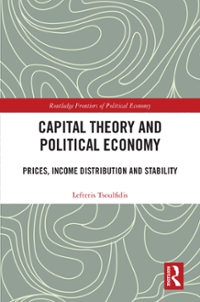Question
Suppose there are two types of people, high risk (H) and low risk (L) with utility function U(c) = sqrt(c). Each has income =consumption of
Suppose there are two types of people, high risk (H) and low risk (L) with utility function U(c) = sqrt(c). Each has income =consumption of $100. The high risk people have a 75% chance of getting cancer and constitute 10% of the population, in which case their income would be zero. The low risk people are the remainder of the population and have a 25% chance of getting cancer. The private insurance industry is perfectly competitive.
- Insurers decide to price in a way such that the high-risk population is fully insured. What condition must be placed on the low-risk for this to be an equilibrium?
- What is the expected utility of the low-risk given the condition you wrote for number 1?
- Low-risk people are not satisfied with this outcome and they convince the government to mandate pooled insurance for everyone at the actuarially fair rate. Everyone will have the same income. Compute this level of income.
- Compute expected utility for the each risk type. Is this greater or less than the utility level for each group in the separating equilibrium above? Explain why for each group.
I know that the actuarially fair pooled rate should be 30, by doing a weighted average calculation of risk. However, I am stuck on how to determine the low-risk condition and expected utility that are asked for in 1-2.
Step by Step Solution
There are 3 Steps involved in it
Step: 1

Get Instant Access to Expert-Tailored Solutions
See step-by-step solutions with expert insights and AI powered tools for academic success
Step: 2

Step: 3

Ace Your Homework with AI
Get the answers you need in no time with our AI-driven, step-by-step assistance
Get Started


